Of the Nucleus tractus solitarii is the neural taste core of humans and lies in the lozenge pit in the brain stem. Its nerve fibers connect the brain with the taste buds of the tongue as well as with the vagus nerve. Damage to the nucleus tractus solitarii - for example due to masses, traumatic damage or circulatory disorders - can cause taste disorders.
What is the Solitary Nucleus?
The nucleus tractus solitarii (NTS) or nucleus solitarius is a neuronal processing center in the brain. The core interconnects nerve fibers from the tongue and in this way contributes to gustatory perception.
Only at a higher processing level does it become the conscious perception of a certain taste; this step takes place in the cortex, into which the signals from the taste core ultimately also reach. The nucleus tractus solitarii is one of the cranial nerve nuclei, as it forms a junction at which cranial nerves open or begin. It belongs to the group of generally and especially viscerosensitive nuclei; In contrast to other central anatomical brain structures, it carries both types of fibers.
Anatomy & structure
The nucleus tractus solitarii is located in the elongated medulla (medulla oblongata), which connects the spinal cord with other parts of the central nervous system. The spinal cord and medulla oblongata are not sharply demarcated from one another, but rather merge into one another. Within the elongated marrow, the nucleus tractus solitarii begins at the diamond-shaped fossa that forms the floor of the fourth cerebral ventricle.
From there, the NTS extends to the pyramidal pathway junction (Decussatio motoria or Decussatio pyramidum), where nerve pathways that originate from the motor cortex cross. Three different nerves run through the nucleus tractus solitarii: the glossopharyngeal nerve (9th cranial nerve), the facial nerve or facial nerve (7th cranial nerve) and the vagus nerve (10th cranial nerve or X nerve). Corresponding to these areas, the physiology also divides the nucleus tractus solitarii into three coarse regions, which, depending on their location, are often only called caudal, medial and rostral NTS. The only exception to this is the rostral part, which also bears the names Nucleus gustatorius, Nucleus ovalis or Pars gustatoria.
Function & tasks
The nucleus tractus solitarii plays an important role in processing gustatory information. The sense of taste is one of the chemical senses: receptors on the tongue react to substances that come into contact with them. The sensory cells then generate an electrical impulse that moves as an action potential over the nerve fiber. These signals arrive at the brain via various nerves, where they all converge in the nucleus tractus solitarii. The task of the glossopharyngeal nerve is to collect information from the back of the tongue. So that it can absorb all nerve signals, it divides into three main branches and several smaller branches.
The nucleus tractus solitarii also receives information from the anterior tongue region via the facial nerve or the facial nerve. The sensitive fibers in the nerve are responsible for this task. However, the functions of the facial nerve are much more extensive and also play a role in hearing, temperature, pain and pressure sensation in the face. The facial nerve also connects the lacrimal glands and the salivary glands with the central nervous system.
The vagus nerve is also not limited to innervating the taste buds. Instead, it combines various viscerosensitive, somatosensitive and visceromotor signals from extensive body regions. The vagus nerve covers areas of the head, neck, stomach and chest and forms numerous, increasingly finer branches. The nucleus tractus solitarii is not the only cranial nerve nucleus that is relevant for the nervus vagus; its fibers also lead to the nucleus spinalis nervi trigemini, nucleus dorsalis nervi vagi and the nucleus ambiguus.
You can find your medication here
➔ Medicines against memory disorders and forgetfulnessDiseases
The nucleus tractus solitarii can contribute to the development of various taste or taste disorders. In principle, however, causes of such perception disorders are possible everywhere in the gustatory processing.
Damage to the nucleus tractus solitarii can, for example, be due to circulatory disorders (stroke, increased incranial pressure, etc.), masses caused by tumors, traumatic brain injuries, congenital malformations and neurodegenerative diseases. If the lesion is not located directly on the nucleus tractus solitarii, but on all, some or one of the nerves, the nucleus receives no, incomplete or incorrect information and accordingly operates on the basis of faulty signals; however, the NTS itself can be unaffected.
Which taste disturbance manifests itself and whether further symptoms occur depends in the individual case on the affected brain areas. If, for example, damage to the facial nerve is the cause of the taste disturbance, paralysis of the face is often also manifest.
Medicine differentiates between quantitative and qualitative taste disorders. People who suffer from total ageusia can no longer perceive any taste; a special form occurs in the context of the post-traumatic anosmia-ageusia syndrome, which also affects the sense of smell and is based on a traumatic brain injury. Hypogeusia limits gustatory perception, but does not completely eliminate it.
Partial hypogeusia occurs when those affected can still perceive certain flavors with normal intensity; this is the case, for example, when only certain sections of the nerve fibers are damaged, but otherwise information processing is correct. In contrast, people with hypergeusia suffer from a pathological increase in the sense of taste.
A qualitative taste disturbance is phantogeusia, which is characterized by gustatory perceptions for which there is no actual stimulus. A swap of the flavors, on the other hand, occurs in parageusia. Qualitative taste disturbances do not have to be permanent, but can also occur temporarily.


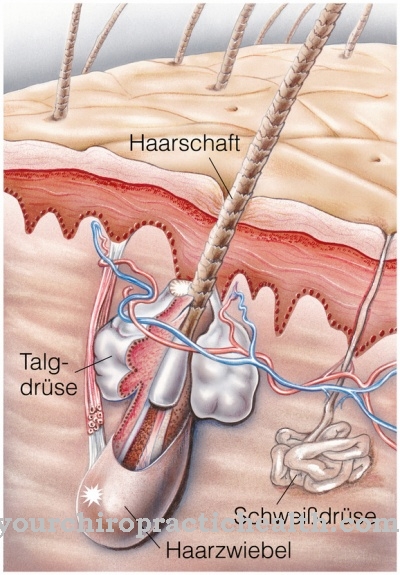
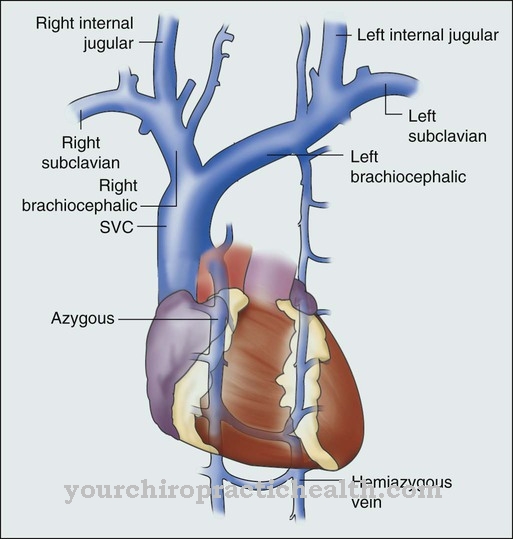
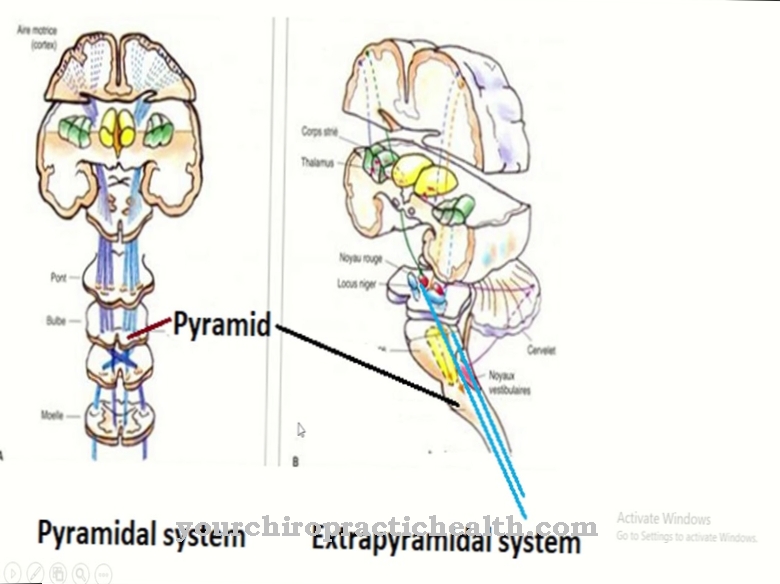
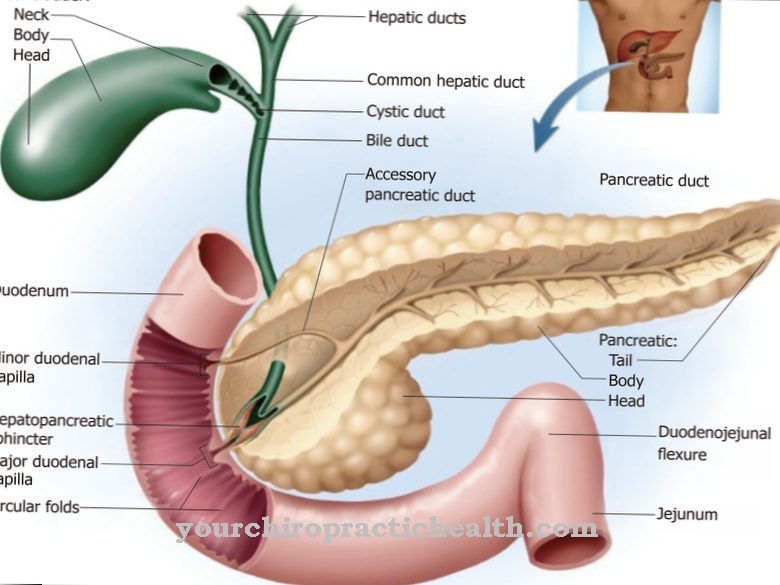
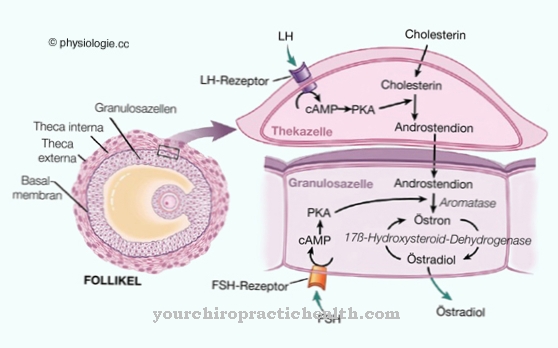






.jpg)

.jpg)
.jpg)











.jpg)